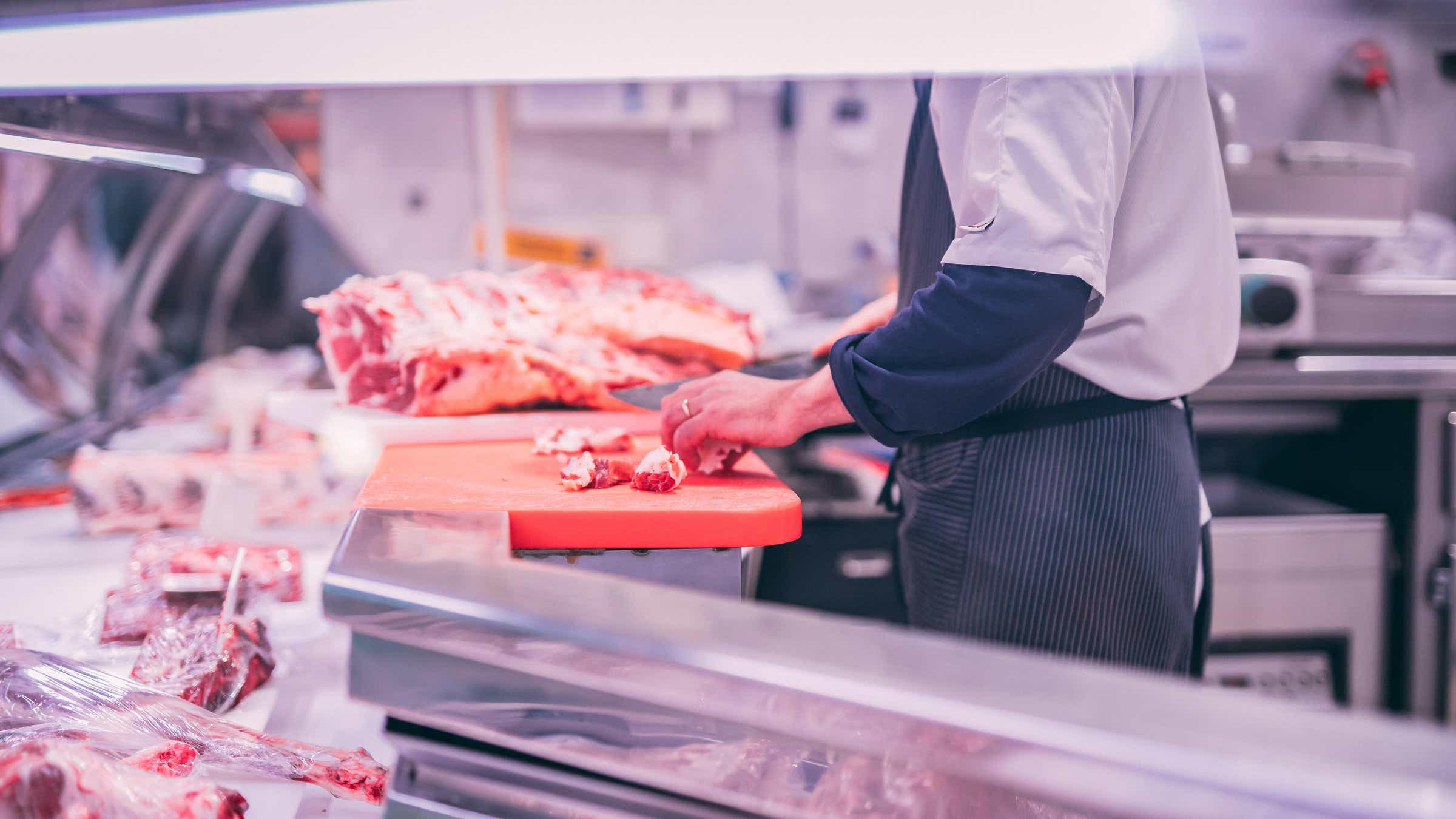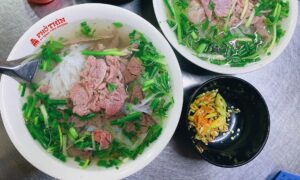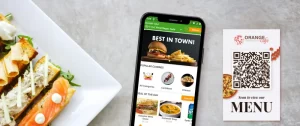
The market has been somewhat stabilized in an environment marked by rising industrialization thanks to the resurgence of traditional agricultural methods and new free-range food enterprises.
As customers get used to more moral, wholesome, and delicious meat products, the free-range business has expanded by enormous amounts in recent years. Let’s define free-range food, examine current regulations and certifications, and go through the many advantages it offers both customers and animals. Do have a look at free-range chicken
What exactly is free-range food?
Food produced by free-range farming, an approach of animal husbandry that allows animals to roam freely rather than keeping them contained at all times, is referred to as free-range food. To facilitate and control animal movement, ranging places are established and fenced as part of free-range agricultural operations. This setting is where free-range cattle, lamb, hog, egg production, poultry, and dairy products are grown. The word “free-range” is used to describe husbandry practices and as an advertising term for livestock and dairy goods, which are two separate but related uses.
This kind of food has several benefits for both animals and customers, such as superior flavor, a nutritional profile that is more balanced, and important ethical benefits.
History of free-range meat.
Free-range farming may be traced all the way back to the origins of farming and agriculture. Before the advent of industrial wire, traditional herding practices involved allowing animals to roam freely. However, with the introduction of industrial wire, fencing became a common method of confining animals. Early farmers provided their animals with a diverse diet obtained from the natural surroundings, even when they were fenced in. Until the 20th century, farming was mostly free-range, even as containment areas gradually decreased in size.
Standards and certifications for free-range farming.
There are several national certification schemes available for various types of free-range food. These schemes are in addition to the federal government’s Model Codes of Conduct for the Welfare of Livestock.
There are various organizations that provide accreditation to free-range poultry farms, such as FREPA, the RSPCA Approved Farming Scheme, and Humane Choice. The indoor stocked inhibitions for these farms vary based on the particular standard being employed, with a range of 28-40 kg per square meter. The Australian Pork Industry Assurance Program (APIQ) approves free-range pork. To satisfy the standard, the outdoor space must be 1.5 times larger than the indoor space.
Free-range meat’s advantages
Free-range food advantages?
Free-range animals have health and lifestyle advantages. Since many species forage naturally, animal well-being requires outdoor freedom. Most animals spend their time foraging, moving, and engaging their thoughts via environmental contact. Free-range animals may establish social groupings. They can live naturally and better.
Why is it preferable to eat free-range food?
Consuming free-range eggs, poultry, and beef as part of a balanced diet, along with regular exercise and healthy lifestyle habits, can enhance their taste and nutritional value.
- Nutrition of Free-Range Food
- Food from free-range animals has a superior taste.
- Ethics of Free-Range Food
Conclusion:
I hope this article gives a clear insight into Understanding Free-Range Food and how it Benefits Animals and Consumers.







